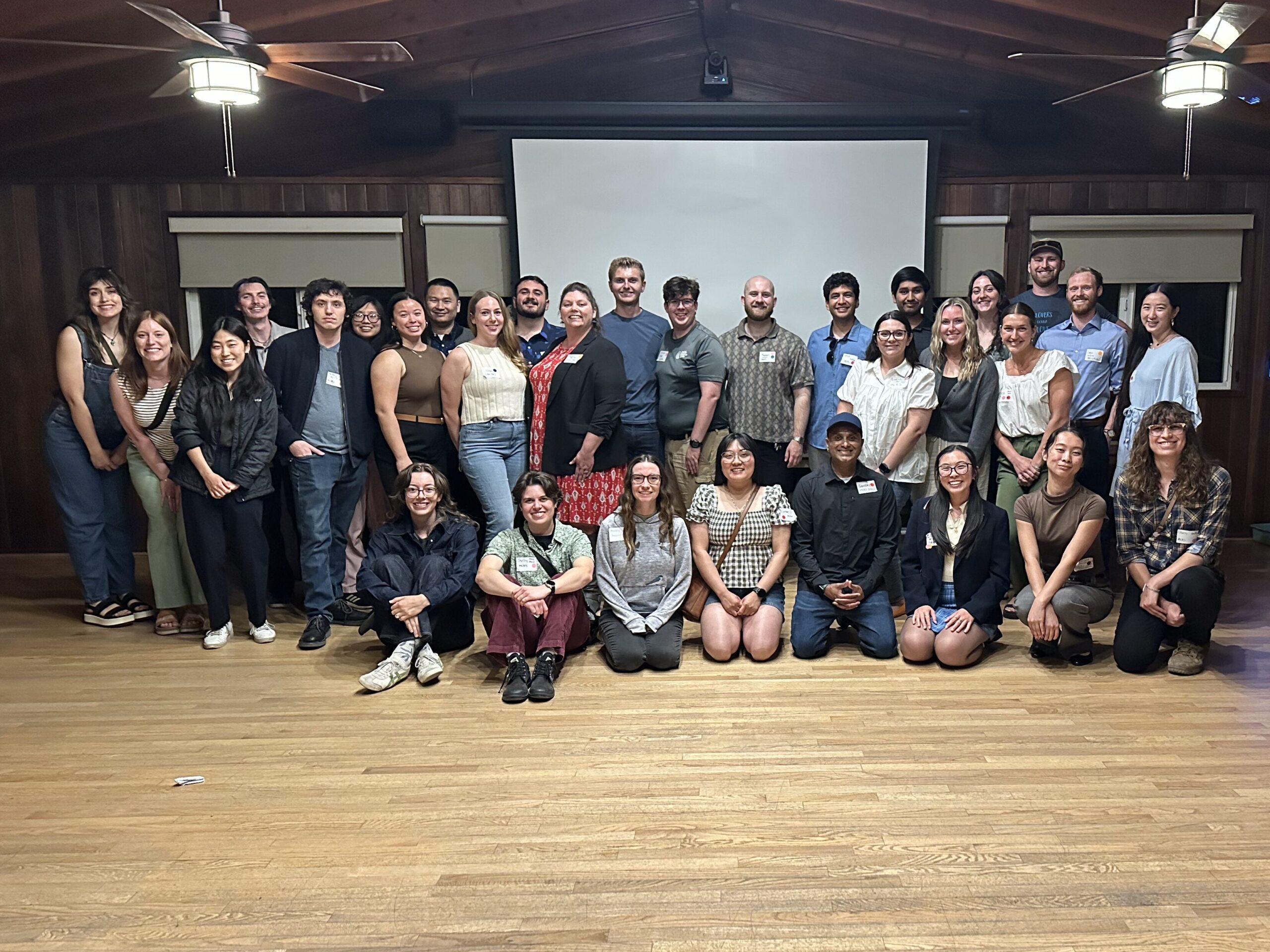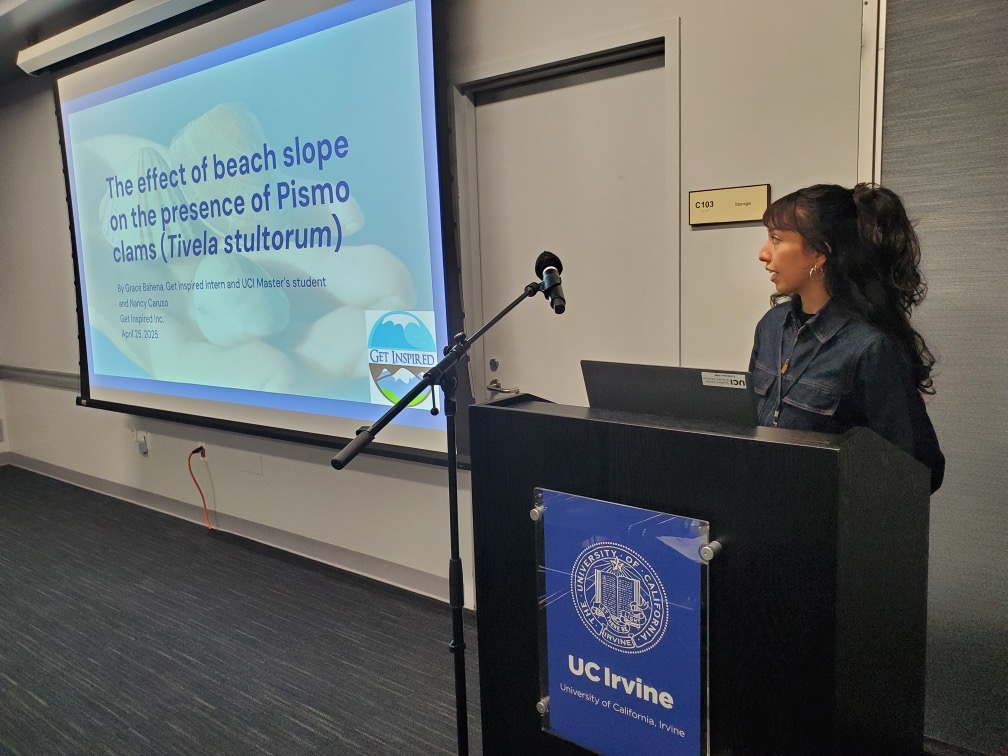Student Blog: Melissa Lippincott
Final Blog Entry
Oak woodlands provide critical habitat for many wildlife species, but they are declining in southern California due to habitat loss, increased fire frequency, climate change, invasive weeds, and a growing number of pests and pathogens (Pautasso et al. 2012). Many organisms, from mountain lions to migratory birds, depend on oak woodlands for shelter and food resources, so as these woodlands decline, the wildlife they support diminishes (Allen-Diaz et al. 2007). As the human population continues to grow in southern California, our wildlife is being squeezed into smaller, more fragmented spaces (Burdett et al, 2010). Protecting remaining wildlife habitat is critical to protecting wildlife populations from extinction (Schipper et al. 2008). Since 2010, UCI’ Center for Environmental Biology (CEB) has assessed the health of Orange County’s oak woodlands. This means that CEB has over 10 years of data on oak health, pests and pathogen observations, and other metrics that may indicate stress or declining health.
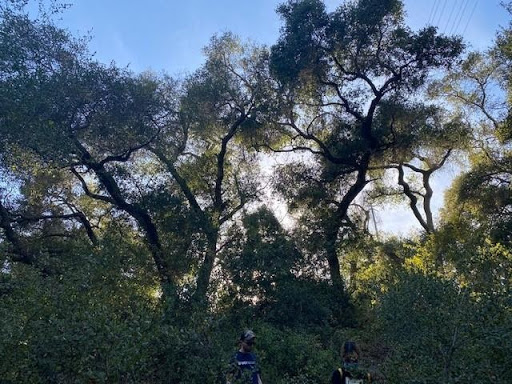
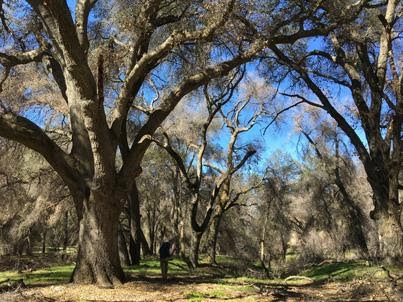
For our MCRS capstone project, my team is diving into the CEB oak monitoring data and analyzing each oak woodland to identify and highlight the driving factors impacting oak health. Our goal is to create a health ranking system that will allow us to determine which woodlands are the most stressed. Each woodland will be assigned a health rank based on the presence/absence of pests and pathogens, canopy thinning, recruitment, and other health factors included in the CEB data. We are also including CalFire fire data to assess fire frequency within each oak woodland, and gold spotted oak borer (GSOB) data from the Irvine Ranch Conservancy (IRC) into our health ranking system. With this data compilation, we hope to identify patterns and increase our understanding of the interactions between fire, pests and pathogens, and oak health. Once each woodland receives its health ranking, we can provide evidence-based recommendations to landowners to help them decide where and how to apply their limited resources to protect healthy and restore stressed woodlands.
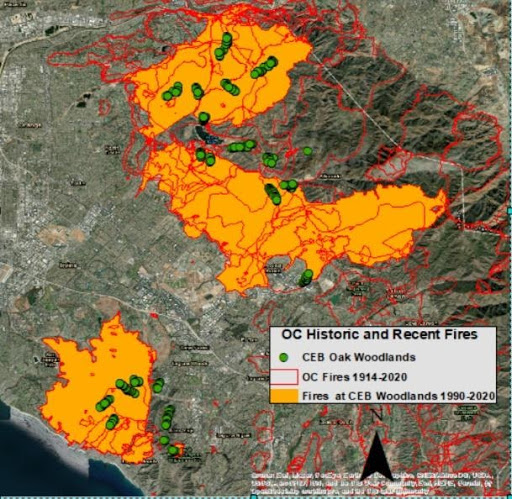

We are also investigating micro-climate conditions (variations in temperature and moisture within different sections of the same woodland) which can vary drastically depending on canopy cover, soils, location, tree density, fire history, understory vegetation and other factors. Micro-climate information may be useful in developing our health ranking system; variation in temperature, light and moisture can impact oak recruitment (Zavaleta et al. 2007; Lopez-Sanchez et al. 2019). Micro-climate conditions may also inform habitat restoration plans; high temperatures and low soil moisture will reduce restoration success and must be mitigated by supplemental watering or creating shade structures (Mclaughlin & Zavaleta 2012). The second aspect of our Capstone project includes developing a protocol to measure micro-climate and incorporate it into future CEB monitoring. We will install data loggers associated with specific site variables within each oak woodland. We aim to include preliminary micro-climate conditions into our health ranking system and investigate the correlation between micro-climate and oak health.For the final aspect of our Capstone project, we are looking at Normalized Difference Vegetation Index (NDVI) data from Landsat satellite imagery to determine if declining oak woodlands can be identified with remote sensing. Satellite remote sensors can quantify what fraction of the photosynthetically active radiation is absorbed by vegetation by measuring the amount of visible and near-infrared light reflected by vegetation. Healthy vegetation absorbs most of the visible light that hits it and reflects a large portion of the near-infrared light. Unhealthy or sparse vegetation reflects more visible light and less near-infrared light (NASA, 2021). We are exploring whether NDVI data can be used as a tool to identify stressed woodlands or monitor pest outbreaks that may otherwise go unnoticed. By comparing on the ground data collected by CEB with Landsat NDVI data, we hope to determine if this is a viable method of assessing oak woodlands. As satellite imagery continues to improve, this method could eventually become an important assessment tool. Still, it’s not yet clear if the imagery resolution is useful at the woodland scale.
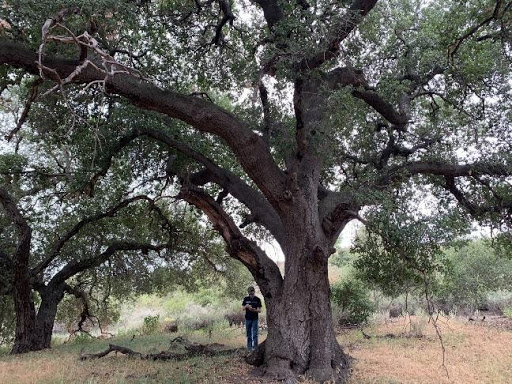

The CEB monitoring data also includes recruitment data (seedling and sapling numbers). Declining oak woodlands can benefit from habitat restoration; removing invasive weeds can open space and reduce resource competition for seedlings and saplings, and planting oak trees can bolster woodlands with low recruitment rates (Callaway 1998). Oak woodlands with low recruitment may require invasive weed removal and planting to increase regeneration. Oaks impacted by pests may require alternative restoration methods, including chemical treatment, removal of affected oaks and planting oaks and acorns to prevent type conversion (Dagit & Downer 1997, Allen-Diaz et al. 2007). By analyzing 10 years of CEB data, fire frequency, pest data, and incorporating micro-climate, our health ranking system will provide a valuable health assessment tool that can be used to make informed decisions for future habitat restoration projects.
References
Allen-Diaz, B., Standiford, R., & Jackson, R. D. (2007). Oak woodlands and forests. Terrestrial vegetation of California, 3, 313-338.
Burdett, C. L., K. R. Crooks, D. M. Theobald, K. R. Wilson, E. E. Boydston, L. M. Lyren, R. N. Fisher, T. W. Vickers, S. A. Morrison, and W. M. Boyce. 2010. Interfacing models of wildlife habitat and human development to predict the future distribution of puma habitat. Ecosphere 1(1):art 4. doi:10.1890/ES10-00005.1
Callaway, R. M., & Davis, F. W. (1998). Recruitment of Quercus agrifolia in central California: the importance of shrub‐dominated patches. Journal of Vegetation Science, 9(5), 647-656.
Dagit, R., & Downer, A. J. (1997). Status of Transplanted Coast Live Oaks (Quercus agrifolia) in Southern California. In In:
McLaughlin, B. C., & Zavaleta, E. S. (2012). Predicting species responses to climate change: demography and climate microrefugia in California valley oak (Q uercus lobata). Global Change Biology, 18(7), 2301-2312.
NASA. 2021. https://earthobservatory.nasa.gov/features/MeasuringVegetation/measuring_vegetation_3.php
Pautasso, M., Döring, T. F., Garbelotto, M., Pellis, L., & Jeger, M. J. (2012). Impacts of climate change on plant diseases—opinions and trends. European Journal of Plant Pathology, 133(1), 295-313.
Schipper J. et al. 2008. The status of the world’s land and marine mammals: diversity, threat, and knowledge. Science 322: 225– 230.
Zavaleta, E. S., Hulvey, K. B., & Fulfrost, B. (2007). Regional patterns of recruitment success and failure in two endemic California oaks. Diversity and distributions, 13(6), 735-745.



